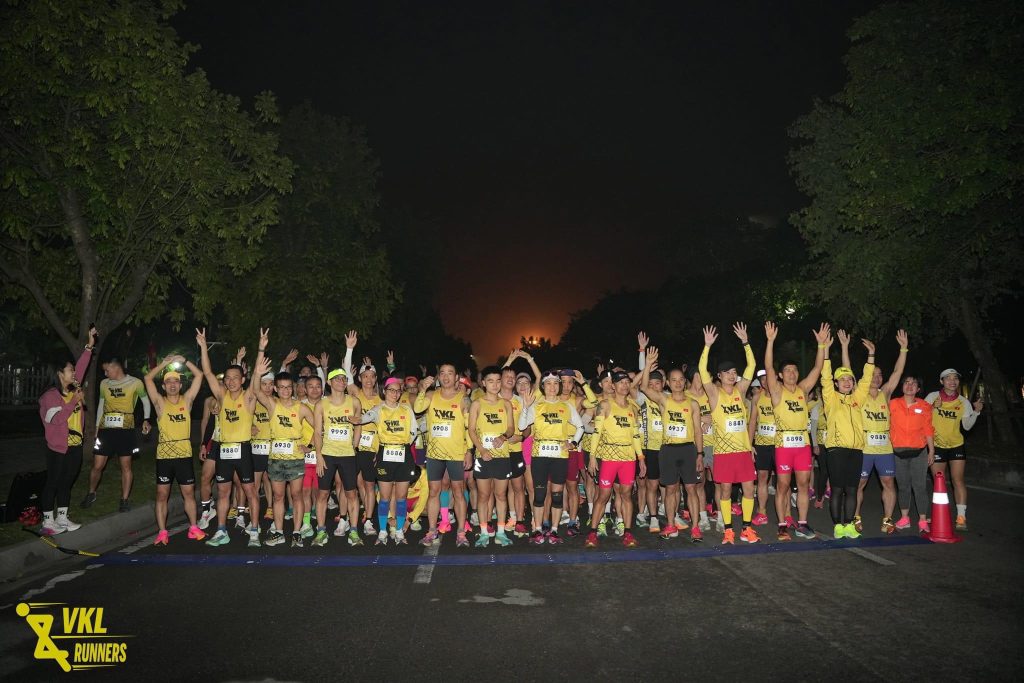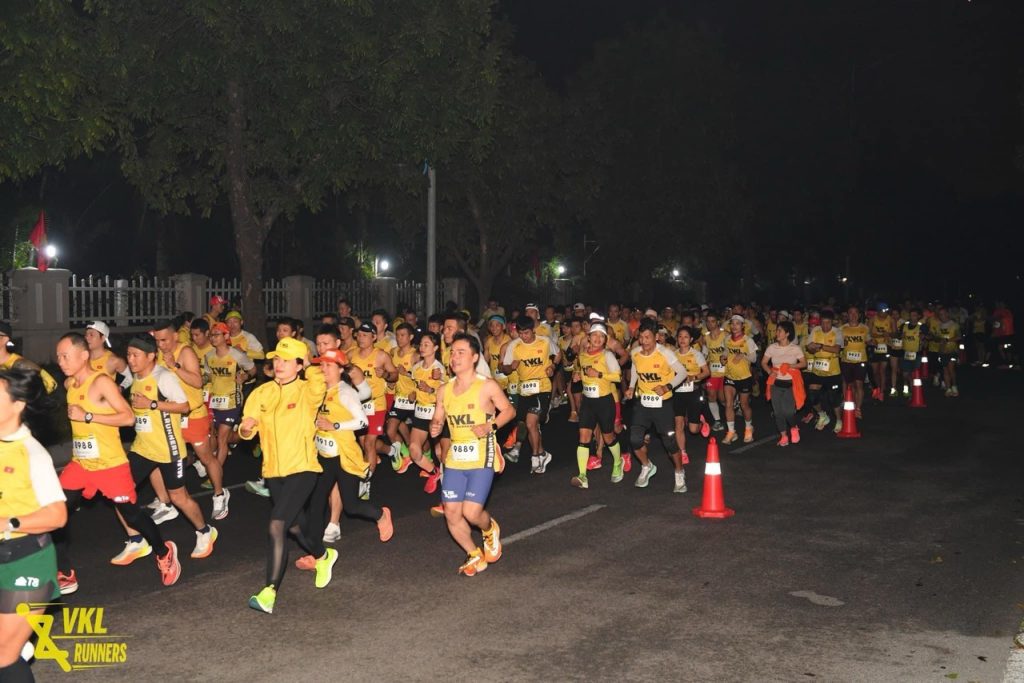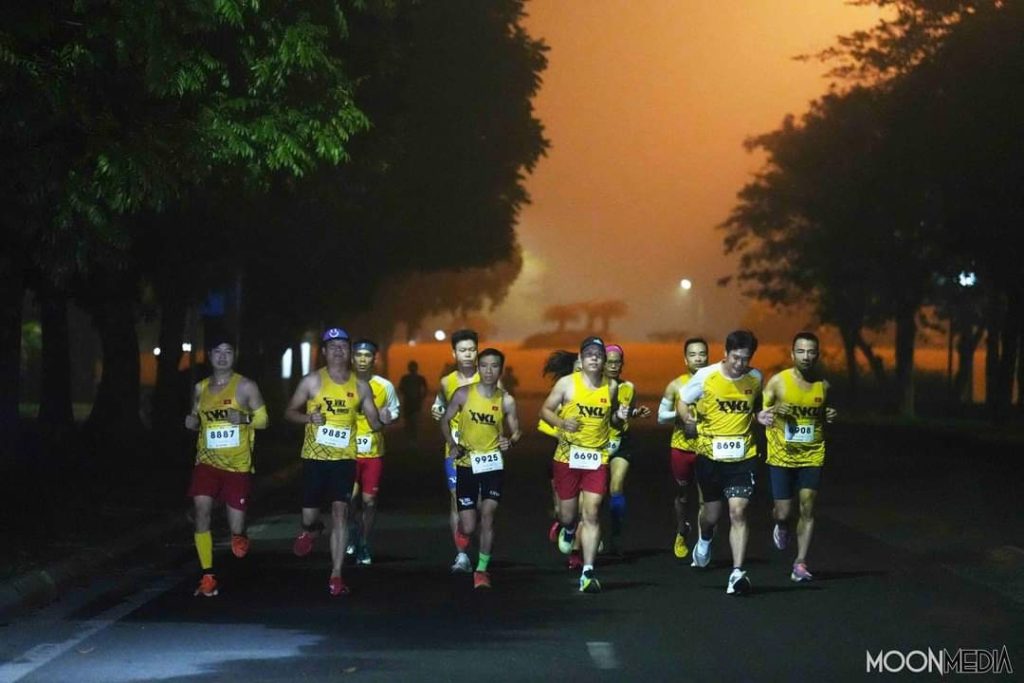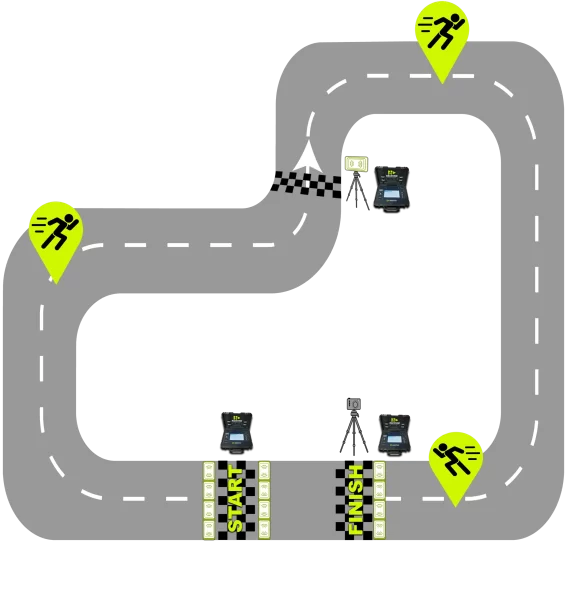Running



Phạm vi và phương pháp tính giờ
Trong một giải chạy thường có thiết bị tính giờ đặt tại điểm xuất phát, điểm checkpoint và điểm về đích. Công nghệ RFID đã trở thành công nghệ phổ biến nhất dùng trong tính giờ cho các giải chạy kể từ những năm 1990 khi số lượng vận động viên tham gia lớn và có nhiều vận động viên về đích cùng lúc.
Công nghệ RFID giúp tính thành tích cá nhân của từng vận động viên theo chip time thay vì chỉ dựa vào gun time. Công nghệ UHF hiện nay là công nghệ hàng đầu được sử dụng không chỉ cho các giải chạy có số lượng vận động viên tham gia lớn mà còn được áp dụng tại các giải chạy vừa và nhỏ.

Case study: Giải chạy có điểm xuất phát, điểm kết thúc và một điểm checkpoint (như hình vẽ)
Phương án thiết kế
Giải chạy có 3 điểm tính giờ gồm điểm xuất phát, điểm checkpoint và điểm về đích. Vị trí xuất phát và về đích được bố trí vali tính giờ kết nối với ăng-ten thảm 4 mét hoặc 8 mét (tuỳ thuộc vào kích thước của cổng/ đường chạy). Tại các điểm checkpoint trên trường chạy đặt vali tính giờ kết nối với các ăng-ten panel (High-gian antenna). Tuỳ thuộc vào số lượng vận động viên tham gia giải, có thể bố trí tăng số lượng ăng-ten và vali tính giờ để đảm bảo tính chính xác.
Các thiết bị đặt tại điểm tính giờ ghi nhận dữ liệu tính giờ của vận động viên chạy qua và gửi dữ liệu về phần mềm trung tâm thông qua dữ liệu di động của SIM trên bộ vali tính giờ. Dữ liệu tính giờ của vận động viên được gửi về trung tâm theo thời gian thực và hiển thị trên màn hình “Live Results” cho phép ban tổ chức, trọng tài, vận động viên theo dõi kết quả trực tiếp.
Phần mềm tính giờ tại trung tâm cho phép cấu hình các thông số tính giờ, điều khiển thiết bị tính giờ từ xa và xuất các bảng xếp hạng và báo cáo dữ liệu tính giờ của vận động viên.
Liên hệ hợp tác
Giải pháp tính giờ cho các giải thể thao chuyên nghiệp hàng đầu Việt Nam dựa trên công nghệ RFID
Kết quả chính xác
Công nghệ RFID ghi nhận thành tích và cập nhật ngay lập tức lên trang kết quả
Hệ thống linh hoạt
Hệ thống linh hoạt, đáp ứng được đa dạng loại hình thể thao như chạy bộ, chạy vượt núi, đạp xe, ba môn phối hợp

